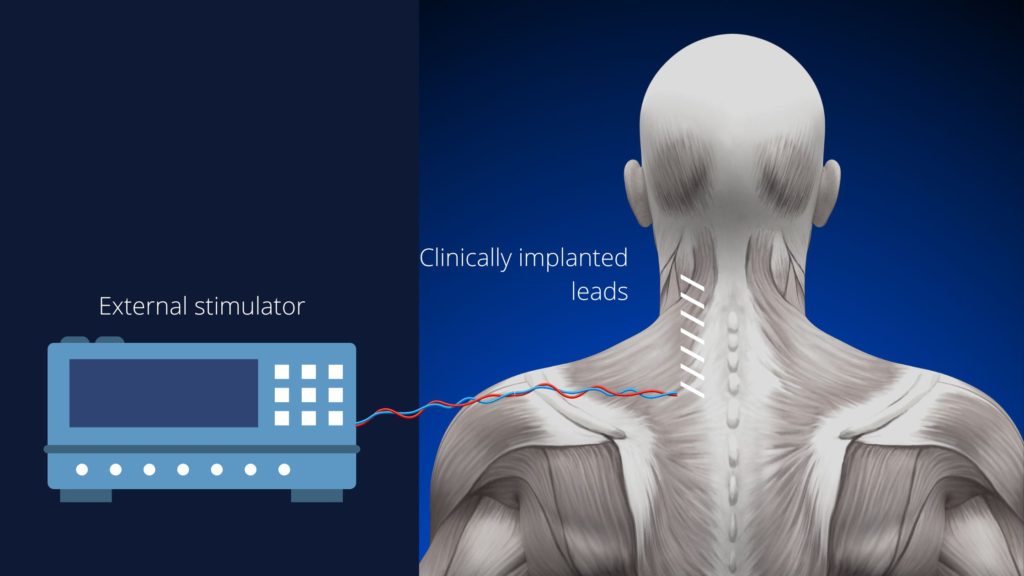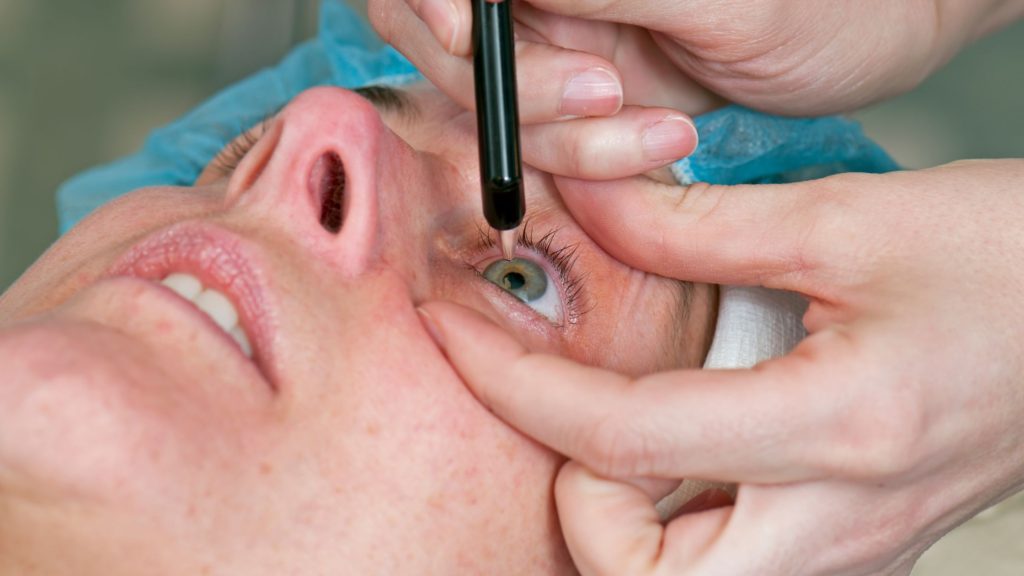
A person suffering from paralysis of the arm and hand after a stroke knows how difficult it is to carry out the daily chorus. Even drinking a glass of water from the affected limb is near impossible. But recent research gives hope to millions of post-stroke sufferers who can actually regain some of the motor control in upper limb paresis if not in complete paralysis condition.
The recent study was conducted on two individuals with moderate-to-sever post-stroke hemiparesis and was published with the title “Epidural stimulation of the cervical spinal cord for post-stroke upper-limb paresis” online in the journal Nature Medicine1. The research team made use of electrical stimulation implanted on the cervical that immediately improved the function of the affected hand. How was this research conducted? What made researchers conclude this and how it can benefit a paralysed person? Let’s find out in this article.
Spical cord stimulation in post-stroke hand paresis improved movement
Being a physiotherapist we know how difficult it is to regain the lost motor skill in a post-stroke patient. It drastically affects their quality of life, even simple looking task like doing and undoing the button of a shirt becomes an uphill task.
If you don’t know, a stroke is a condition in which due to internal pathology the blood supply to a part of the brain is interrupted or reduced, leading to damage to part of the brain tissue. Brain stroke affects the part of the brain that controls the movement of the upper limb and lower limbs. According to a study, globally 1 out of 4 will suffer from stroke2, adding to this, another study has revealed that COVID-19 infection increases the risk of brain storke.
The extent of the motor neuron damage can depend on the severity and location of the stroke, as well as the individual’s overall health and age. The severe damage can result in complete paralysis of limbs, and a less severe form results in paresis. Paresis simply means partial paralysis with some of the movement still remaining intact.
Researchers recruited two candidates with hand paresis

The present study was conducted on two participants with post-stroke upper limb paresis. The researchers made use of spinal cord stimulation with electrodes surgically implanted in the cervical region to achieve the residual motion in the affected arm, and hand. Actually, in a brain stroke, only the affected part of the brain cell is damaged, and the rest of the neural pathway remains intact. The team were curious whether stimulating this rest of the neural pathway would help regain the lost motor skill.
The beneficial effect of spinal cord stimulation is already known to scientists in conditions such as spinal cord injury, multiple sclerosis, cerebral palsy and stroke to name a few. “Unfortunately, a lack of understanding of the mechanisms of Spical Cord Stimulation led to considerable variability in implant location, which affected the size and consistency of the observed effects”, mentioned the author in the paper.
Similar to spinal cord stimulation that uses electrical current, in our physiotherapy clinical practice we predominantly use external muscle stimulation by placing the electrode externally to achieve motion and muscle strength in paralysis conditions.
The team invented an electrical device that can be placed on the lateral aspect of the cervical spinal cord with minimally invasive surgical procedures. They placed the electrodes such as to target roots of C3 to T1 spinal nerve root that supplies and controls the movement of the hand.
Her grasping and eating using a fork drastically improved
Here I am sharing a video from Science News showing how the stimulation helps improve some of the hand motions in one of the participants.
In the video is one of the participants named Heather Rendulic. Nine years ago after a series of strokes her left arm and hand got paralysed. You can see the comparison of hand motion with the stimulation turned on and then turned off. It is clearly evident that with stimulation turned on, she has improved function of grasping the fork and then taking the eatable smoothly into her mouth as compared to when the stimulation is turned off.
In the next activity with blocks, you can see an improved function with stimulation turned on. The implant sends electrical pulses into spinal nerves, circumventing the damaged connection between the brain and the spinal cord. (Devices on her arm are just for monitoring.)
As it is clearly evident from the video that with stimulation there was an immediate improvement in upper limb strength and function. Fortunately, the participants also showed lasting improvement even by the fourth week of the study which was retained even without stimulation. Scientists believe that when using spinal cord stimulation in conjunction with physiotherapy rehabilitation exercises may lead to higher improvement and “promote a true post-stroke restoration effect” wrote the author.
Future of this new technique
Since the device was planted in the cervical using minimally invasive surgical procedures, there could be greater acceptance of the procedure in post-stroke paresis sufferers in future. The author of the study wrote in the paper, “we believe that the simplicity and robustness of our protocol could facilitate transition to the clinic”. Till this reaches every clinic worldwide, one should focus on rehabilitation exercises.
Keep Reading: Increased Stroke Risk Linked With Long Working Hour| Study
The author is a physiotherapist who has been practising for the last 17 years. He holds a Bachelor's in Physiotherapy (BPT) from SVNIRTAR (Swami Vivekananda National Institute of Rehabilitation and Research), one of the prestigious physiotherapy schools in India.
Whatever he learns dealing with his patient, he shares it with the world through blogs and e-books. He also owns a YouTube channel, "Sunit Physiotherapist" with over 8 lakh active subscribers. Here, he shares everything he gets to learn serving the patient.





